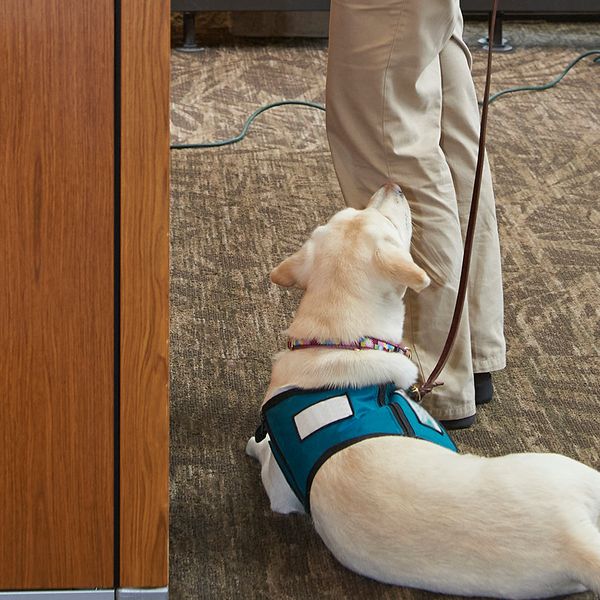Brrrr….Conquering thermostat wars while ensuring disability accommodations
The outdoor temperatures are at their coldest this time of year. In some workplaces, the chill creeps in making temperatures inside feel shivery, even as low as 61°. This coldness could affect certain employees who are sensitive to low temperatures. These employees might be turning up the heat to their comfort levels, while other employees might be turning it down. Thus, thermostat wars.
What does OSHA say?
No one temperature is comfortable for everyone. While federal Occupational Safety and Health Administration (OSHA) doesn’t dictate indoor workplace temperature, it recommends that temperatures be kept between 68-76° F. While this range might be comfortable for many employees, some might find it uncomfortable.
Employees with health conditions such as anemia, asthma, diabetes, rheumatoid arthritis, and thyroid disorders can be sensitive to cold. Ailments like these might cause employees to have joint pain, stiffness, or numbness in their extremities (i.e., hands, fingers, toes), or they could have breathing issues.
Colder environments can cause symptoms to flare-up, making it difficult for affected employees to perform job duties. This might lead to requests for accommodations under the federal Americans with Disabilities Act (ADA).
Accommodation ideas
Accommodation ideas should come from an interactive process (i.e., discussion) between employer and employee after an employee expresses a desire for a workplace change due to a medical condition.
During this process, an employer should look at the employee’s limitations in relation to the job’s essential functions, find any barriers, and work to break the barriers down or get rid of them.
Some accommodation ideas can include the following:
- Supply a small space heater to be used at an employee’s workstation.
- Adjust the worksite temperature.
- Redirect or cover air vents using air deflectors or vent covers.
- Don’t situate a workstation under air vents, near cold windows, or near opening exterior doors.
- Move the workstation to a warmer area of building.
- Use window insulation, rubber weather sealing, heavy curtains, or window shades to reduce drafts.
- Provide an enclosed workspace with separate temperature control.
- Allow use of heated blanket, heating pad, hand warmers, etc.
- Use heated ergonomic and computer equipment (e.g., heated mouse, heated seat cushion).
- Modify the dress code to allow wearing of layers, gloves, outerwear, etc.
- Supply speech recognition software to limit keyboarding.
- Allow flexible scheduling.
- Allow flexible use of leave.
- Allow work from home or an alternate (warmer) location.
Unless the condition or need for accommodation is obvious, employers may ask that the employee have a health care provider confirm the existence of an impairment and that the workplace temperature causes limitations that affect job performance.
Key to remember: When it comes to accommodations, it often makes sense to err on the side of caution, do a risk analysis, and use common sense. A $30 space heater is a lot less expensive than dealing with a disability discrimination complaint alleging failure to provide a reasonable accommodation.
































































